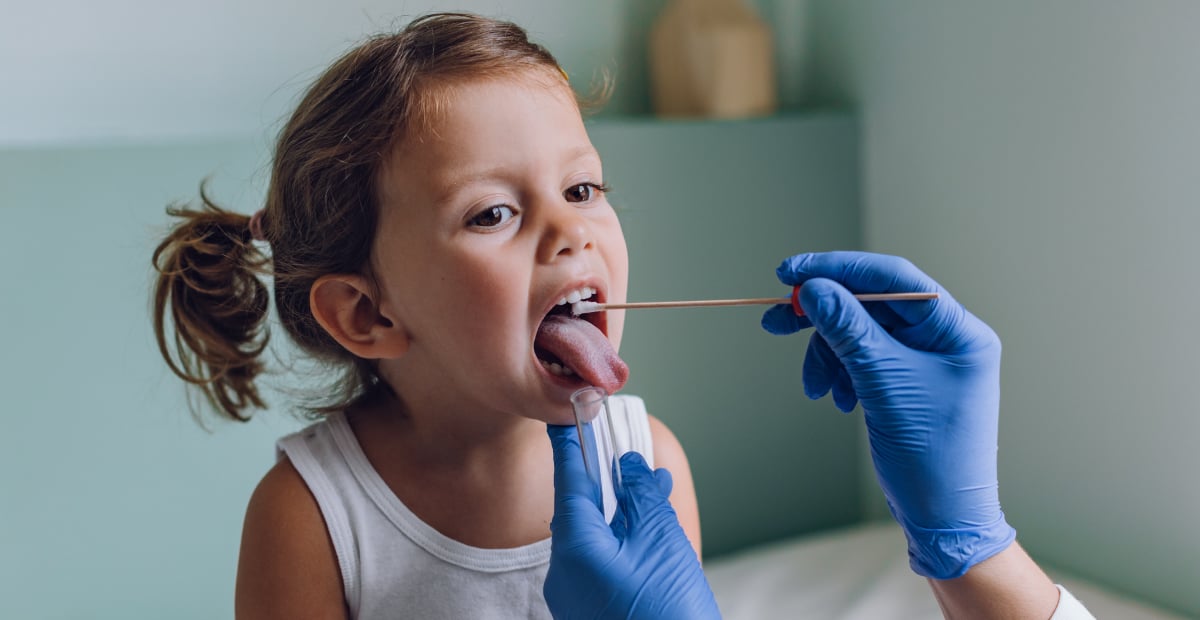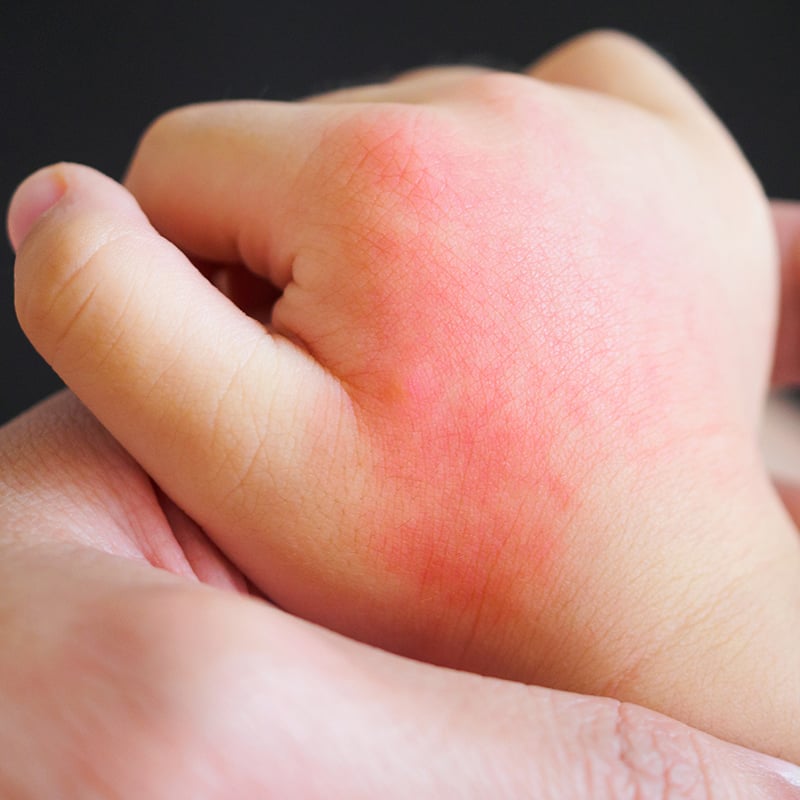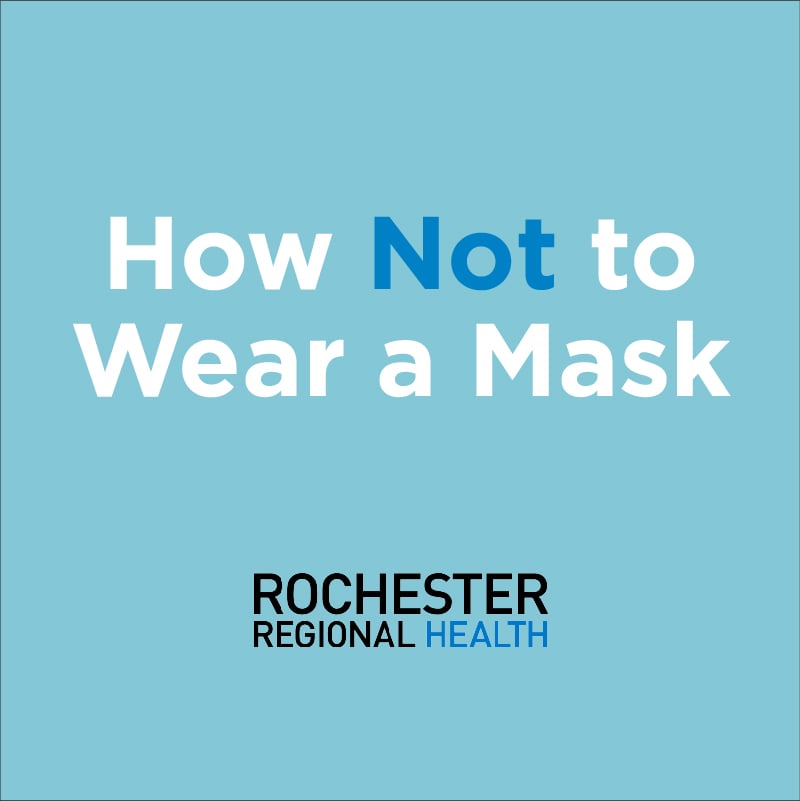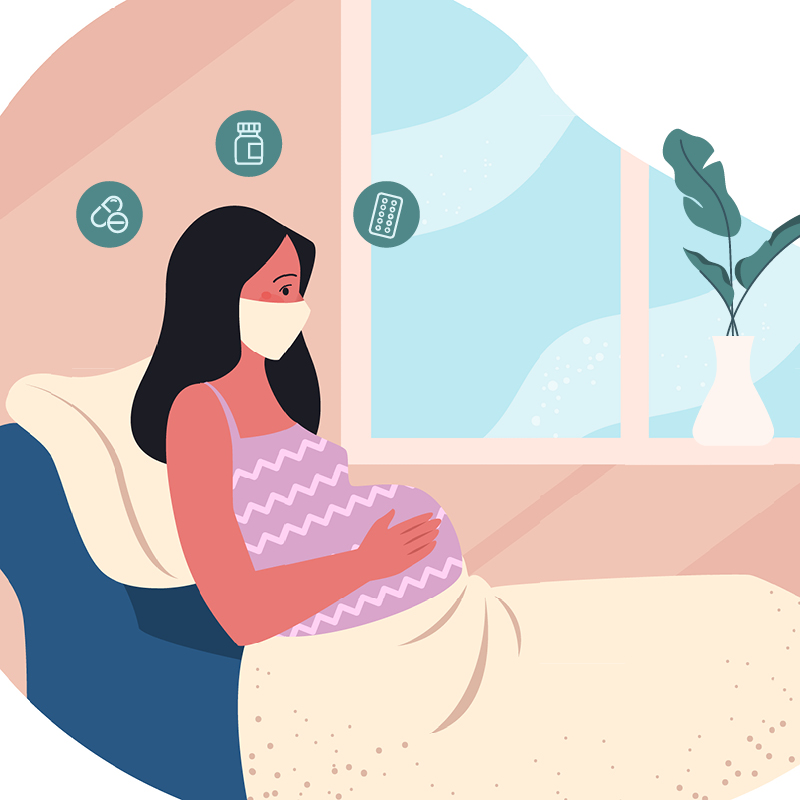Children and adults in the U.S. are seeing an increase in the number of strep throat cases in late spring 2023.
According to recent research, strep throat infections in the last 6 months increased 30 percent compared to their previous peak in 2017.
Christopher Haydanek, DO, is a family medicine doctor with Rochester Regional Health and shares how to recognize strep throat, the most effective ways to treat an infection, and how people can prevent themselves from catching it.
Strep throat infections
Strep throat is caused by a bacterial infection stemming from a type of bacteria called A Streptococcus. This type of strep is highly contagious and is spread through respiratory droplets in the air, as well as direct contact.
Most people who are infected with strep bacteria start showing symptoms 2-5 days after their initial exposure. Those symptoms include:
- Pain when swallowing
- Sore throat (often very red)
- White spots on tonsils
- Swollen tonsils
- Low-grade fever (up to 100.4°F)
- Fatigue
- Swollen lymph nodes on the neck
Children are more likely to get sick from strep throat compared to adults, especially in schools and daycares. As many as 30 percent of children ages 5-15 get sick, while about 10 percent of adults are sickened by strep throat, according to CDC data. However, adults who are frequently around children (parents, teachers, childcare providers, etc.) are more likely to contract the illness compared to others.
A small number of people with strep throat develop a rash on their neck, armpits, or groin. This rash can spread across the body and is a sign of scarlet fever. The rash typically fades within 7 days and is diagnosed and treated the same way as strep throat.
Diagnosis
Anyone with symptoms that suggest a strep throat infection should seek out care at an urgent care or primary care practice.
A provider will ask about any symptoms, perform a brief physical exam, and then swab the patient’s throat for a test. There are two types of tests: a rapid strep test and a throat culture.
With a rapid strep test, the swab is tested at the location where it was taken. Results are available within about 15 minutes. A positive test indicates a strep infection. If the test is negative but the symptoms still suggest a strep infection, another swab will be taken to perform a throat culture.
A throat culture takes more time than a rapid strep test, but can identify some strep infections that a rapid test might miss. The sample from the swab is used to see if any strep bacteria grow.
Treatment
Most cases of strep throat are treated using antibiotics. After a positive strep test, patients are prescribed an antibiotic, either in liquid or capsule form.
Within 24-48 hours, most patients will experience reduced symptoms. If symptoms are not improving after 48 hours, patients should contact their primary care provider.
“Antibiotics should be used exactly as prescribed,” Dr. Haydanek said. “Even if someone starts feeling better and no longer has symptoms, they still need to finish the prescribed dosage of antibiotic medication to fully eliminate the bacterial infection.”
Prevention
As with most bacterial infections, the best way to avoid getting sick is practicing good hand hygiene. Washing your hands thoroughly with anti-bacterial soap and water for at least 20 seconds is strongly encouraged.
Avoid sharing utensils, cups, or other food or drink items used by a person with a strep infection.
For individuals who are sick, covering their mouth and nose when sneezing or coughing can help to limit the spread of infection. Individuals with strep throat should avoid going out in public (e.g., work, school, daycare) until they go 24 hours without a fever and have been on an antibiotic for at least 24 hours.
“It seems simple, but staying home for 1-2 days can help to reduce the spread of infection,” Dr. Haydanek said. “The fewer people that a sick person comes into contact with, the fewer people risk becoming infected and becoming potential carriers of an illness themselves.”










